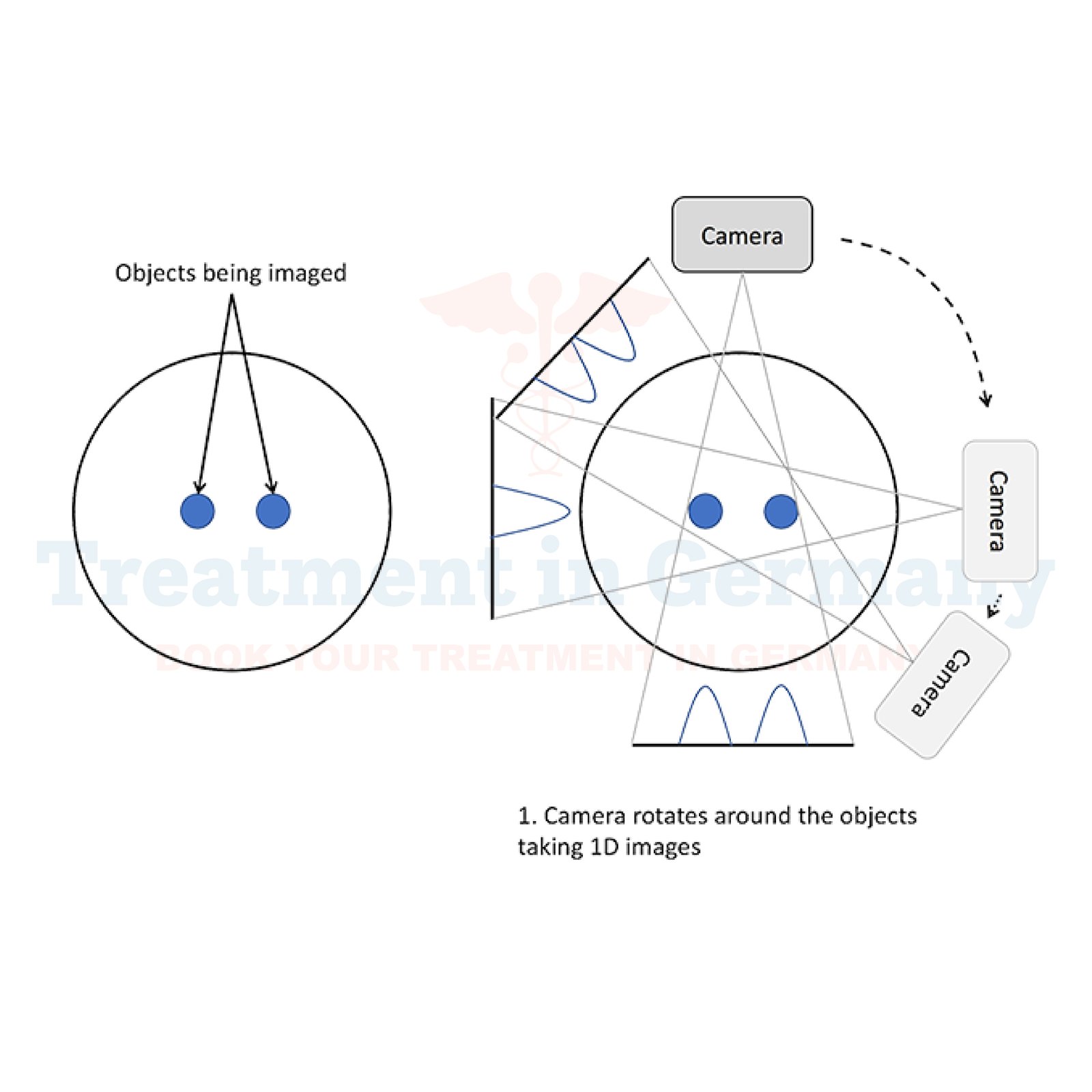SPECT Scan, or Single Photon Emission Computed Tomography, is a German healthcare facility that provides medical services to cater to the emerging needs of patients in terms of enhanced healthcare services by applying new treatments meant to address their medical condition.
This technique applies SPECT scanning, which is an advanced type of imaging resulting in clear and functional information concerning virtually all organs, tissues, and bones. Therefore, it has a crucial role in the diagnostics as well as treatment of various medical conditions.
A SPECT scan is an example of nuclear medicine imaging studies that utilize radiotracers and gamma cameras to provide the images in three-dimensional form. The aspect that makes SPECT scans unique to common imaging studies is their emphasis on the physiological functions of tissues. In such a scenario, it finds itself very useful in diagnosing conditions that other scans may miss out on.
How does a SPECT scan work?
SPECT is noninvasive and safe for patients with pacemakers and can be used in combination with other imaging studies, such as CT and MRI, in further image analysis.
Usage of SPECT Scans in Germany
In Germany, SPECT scans are employed in various diseases. Among the most prominent uses of this modality are discussed here:
Brain Diseases
SPECT scans are used to map blood flow and metabolic activity in the brain, which is very important in diagnosing and managing neurological conditions. Common uses include:
Heart Conditions
SPECT heart scans are now a standard procedure for all patients to be diagnosed to determine the cardiac conditions, and the conditions are found, including:
Bone Disorders
SPECT scans are very useful when it comes to diagnosing undetectable or complicated bone-related problems, such as:
Advantages of SPECT Scans in Germany
Germany's health care uses SPECT scans for its numerous benefits:
Preparation for a SPECT Scan
Limitations and Risks
Despite using minimal amounts of radiation, SPECT scans must not be done in pregnancy and breastfeeding. At times, hypersensitivity reactions to the tracer applied would be encountered.
Why go to Germany for SPECT scans?
Germany has state of the art hospitalswith nuclear medicine imaging technologies. Germany holds in reserve:
Frequently Asked Questions
What are the conditions SPECT scans can diagnose?
A SPECT scan can be used for diagnosing conditions such as epilepsy, stroke, heart attack, and bone cancer by highlighting abnormal cells and low blood flow.
Do SPECT images compare to MRI or CT?
SPECT is an imaging function with a wider range of functionalities than CT and MRI that places more emphasis on details of structures, which will be ideal for scoring the performance of an organ.
Is SPECT scanning safe?
Yes, SPECT scans employ a minimal amount of radiation and are safe for most patients, even with a pacemaker.
How long does a SPECT scan take?
This process generally lasts between 30 minutes and several hours, depending on what area is being explored.
Why is Germany the best place for SPECT scans?
The advanced health care of Germany, high-tech imaging technologies, and professional radiologists make it all way more worthwhile getting SPECT scans in Germany.
👉 Contact us for further information and receive a complimentary consultation

.webp)
.webp)
 (1).webp)
 (1).webp)

.webp)
.webp)
 (1).webp)
 (1).webp)
